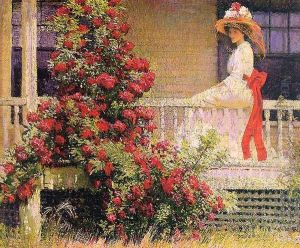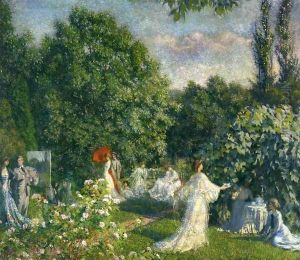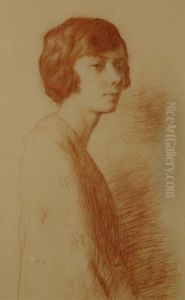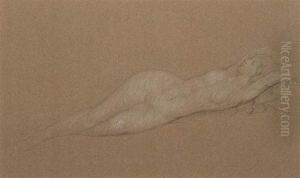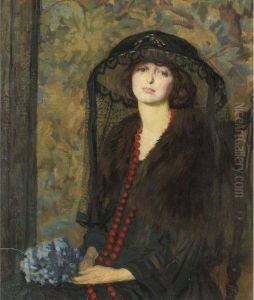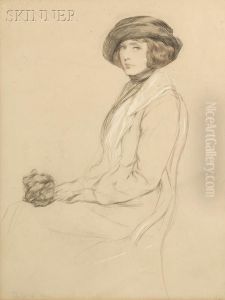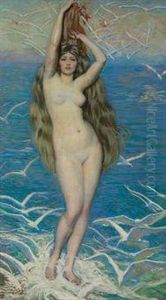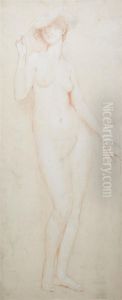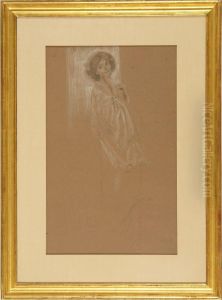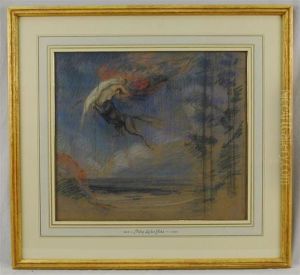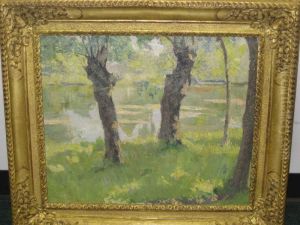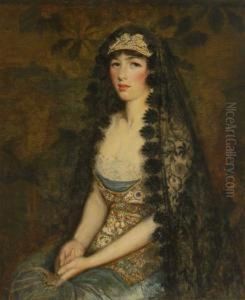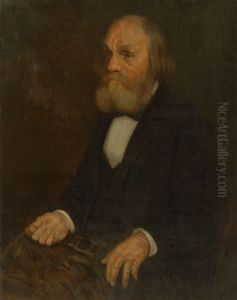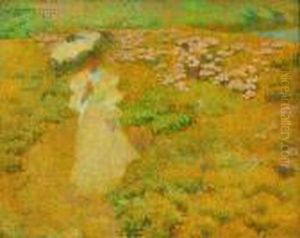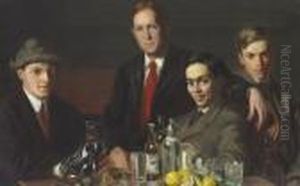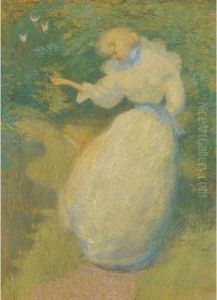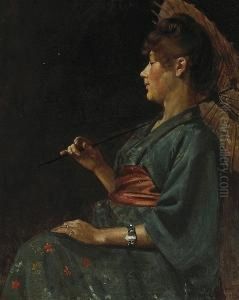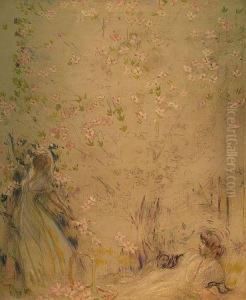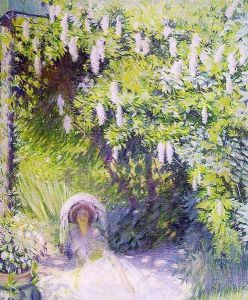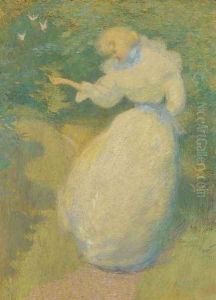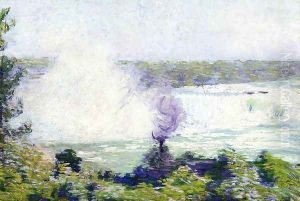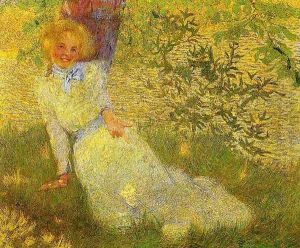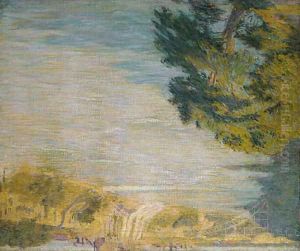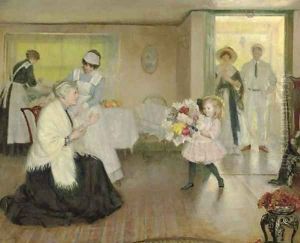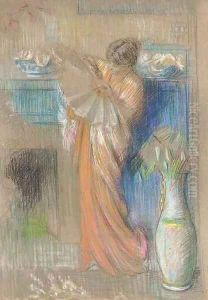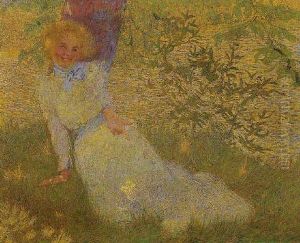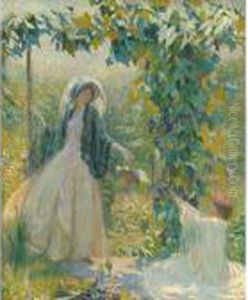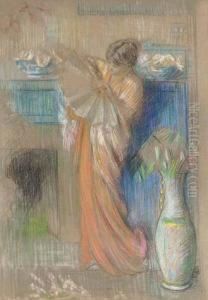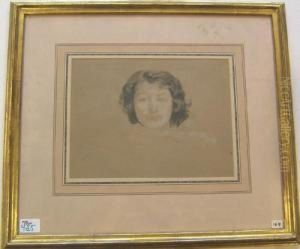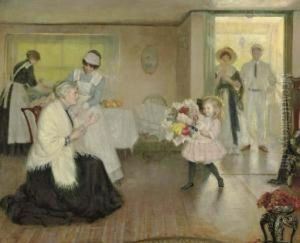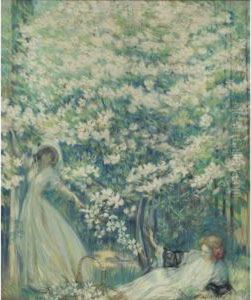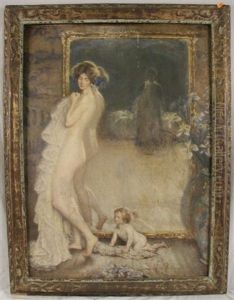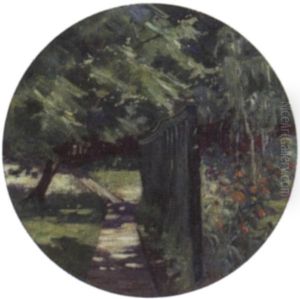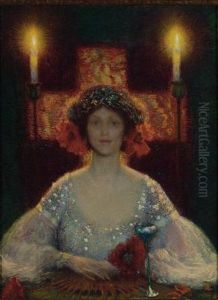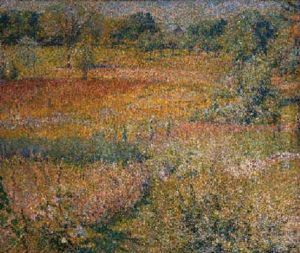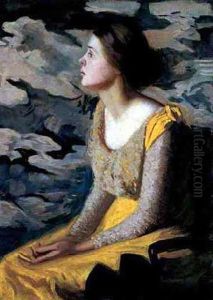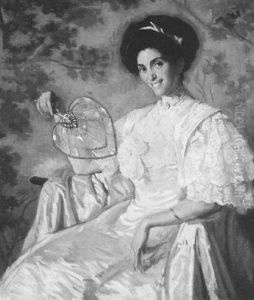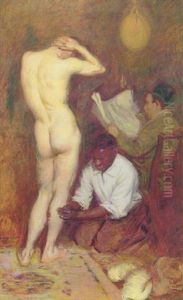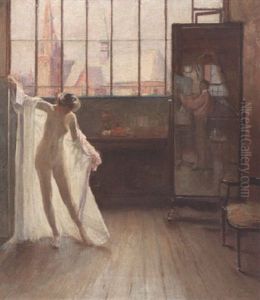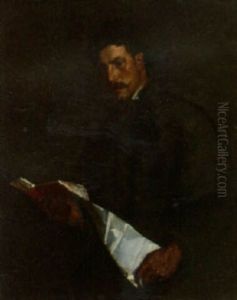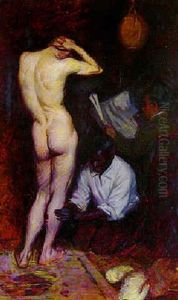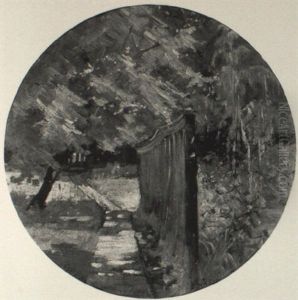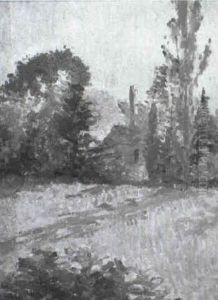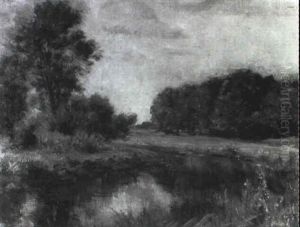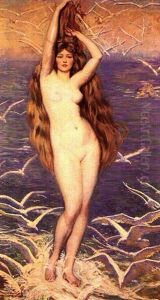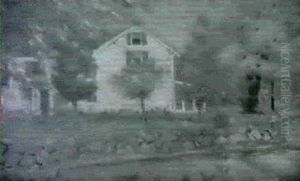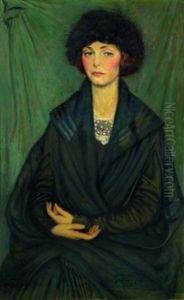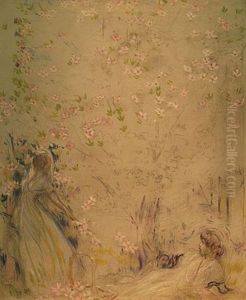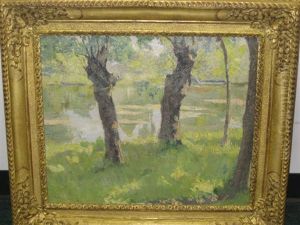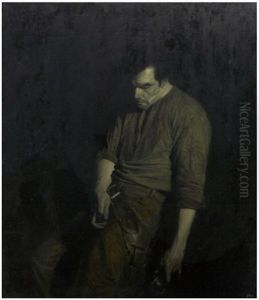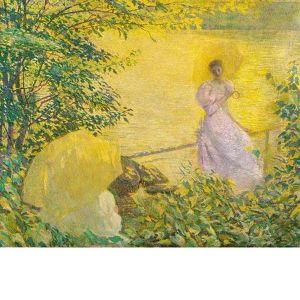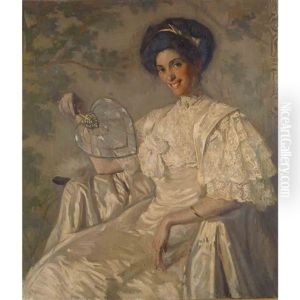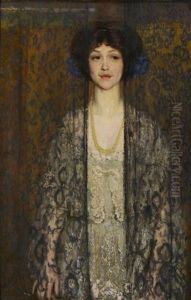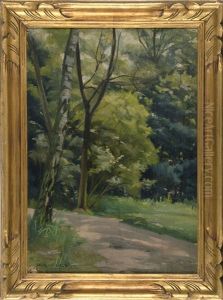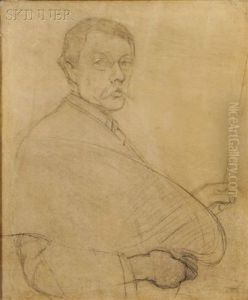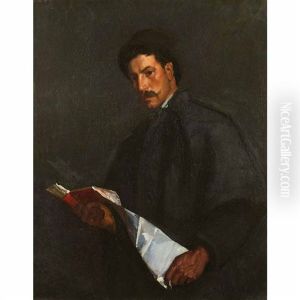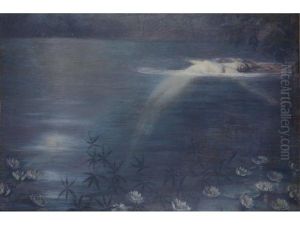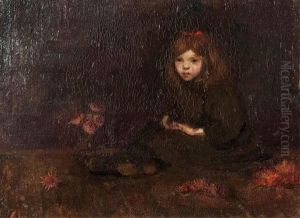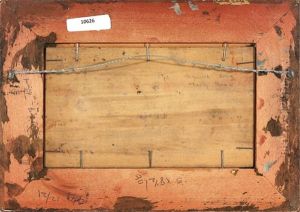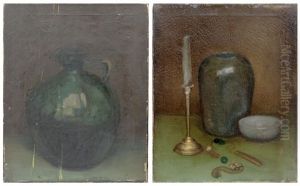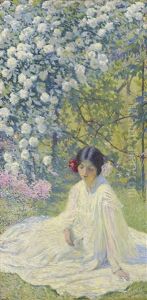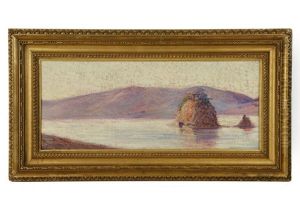Philip Leslie Hale Paintings
Philip Leslie Hale was an American Impressionist painter, writer, and teacher. Born on October 2, 1865, in Boston, Massachusetts, Hale was part of a family with a rich artistic and intellectual heritage. His father, Reverend Edward Everett Hale, was a noted Unitarian preacher, historian, and author, and his sister, Ellen Day Hale, was also a talented painter.
Hale developed an interest in art at an early age and pursued his education at the Museum of Fine Arts, Boston. He furthered his studies abroad, which was customary for many American artists of the time, attending the Académie Julian in Paris. There, he was exposed to the techniques of French Impressionism, which would greatly influence his style.
During the 1890s, Hale spent time in Giverny, France, which was famously known as the home of Claude Monet. He was deeply impressed by the work of the Impressionists, particularly their use of light and color. Hale's own work began to reflect the loose brushwork and vibrant light of the French Impressionist movement, although he never abandoned a certain academic rigor in his approach to composition.
Returning to the United States, Hale became a prominent figure in the Boston art scene. He taught at the School of the Museum of Fine Arts, Boston, where he influenced a generation of young American artists. His teaching methods emphasized the importance of life drawing and an understanding of the human figure, which he believed was essential for any kind of painting, including Impressionistic works.
Hale also had a career as an art critic and writer. He published a number of essays and books on art, contributing to the dialogue on Impressionism in America and advocating for the appreciation of beauty in art. His written works include 'Jan Vermeer of Delft' and 'History of Art: A Survey of the Major Visual Arts from the Dawn of History to the Present Day.'
Philip Leslie Hale continued to paint throughout his life, creating landscapes, portraits, and figure studies that garnered respect and recognition. His works were exhibited widely, including at the Pennsylvania Academy of the Fine Arts, the Art Institute of Chicago, and the Corcoran Gallery, among others.
Hale's artistic legacy is one that bridges the gap between European Impressionism and American art of the early 20th century. His influence as a teacher and writer extended his impact beyond his own body of work. Philip Leslie Hale passed away on November 30, 1931, in Boston, leaving behind a rich collection of artworks and a significant contribution to the art world.
